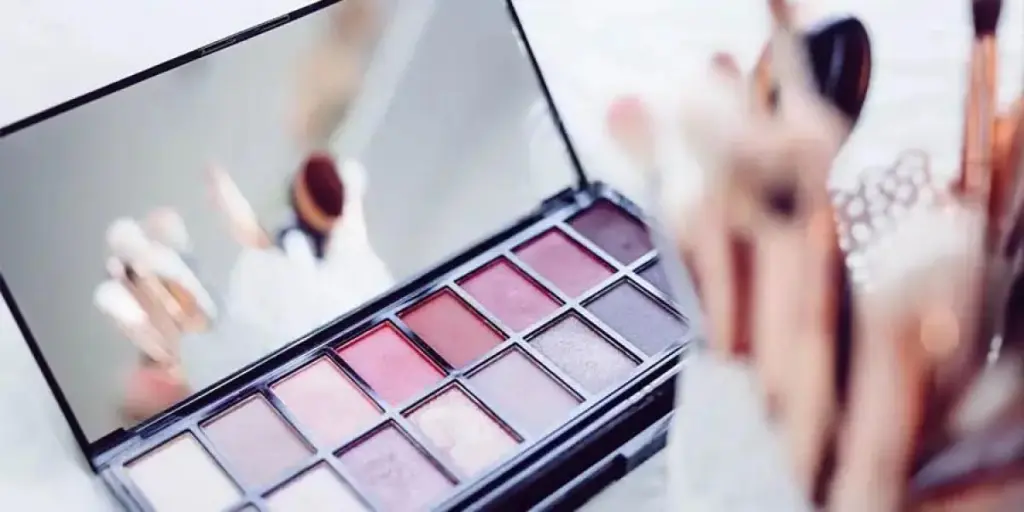Beauty products and trends in Korea come and go at lightning speed. Yet, one ingredient has been generating impressive interest lately: PDRN. This compound was originally used in professional skin clinics for quick “tweakments,” but is now used in consumer-grade K-beauty products. If you haven’t heard of it yet, you’re not alone. Many beauty enthusiasts, particularly those outside South Korea, are only beginning to understand what this substance can do.
But make no mistake: PDRN (short for Polydeoxyribonucleotide) is quickly becoming a must-have in the world of K-Beauty. People in Korea and beyond are already searching for PDRN sheet masks, PDRN ampoules, and even PDRN-infused hair treatments.
Experts predict it’ll be a mainstay ingredient across multiple skincare lines by 2026, especially as the global audience (especially North America and Europe) embraces a new “slow-aging” approach that blends clinical results with the gentleness of daily home routines. Here’s a closer look at the key K-beauty ingredient and its potential for beauty in 2026.
Table of Contents
What is PDRN, and why are people so interested?
How PDRN fits into K-Beauty’s “slow-aging” movement
Which consumers are fueling the demand?
4 strategies to consider to leverage PDRN in 2026
1. Why sensitive skin types love PDRN
2. Techy twists: Spicules and exosome delivery
3. Unexpected uses: Acne, scarring, and even hair growth
4. Collaboration with clinics
Wrapping up
What is PDRN, and why are people so interested?
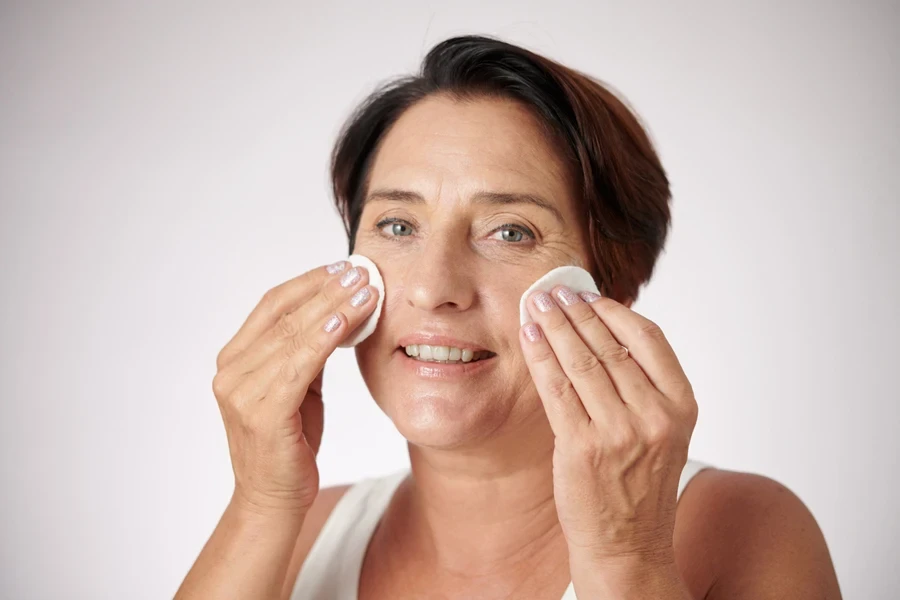
PDRN might sound scientific (and, well, it is), but at its core, it’s just a powerful restorative compound derived from fragments of salmon sperm DNA. Yes, that origin can raise eyebrows, but PDRN has made a name for itself in Korean skin clinics as an injection-based therapy.
When introduced to the skin, it boosts collagen, encourages cell renewal, and promotes a healthier-looking complexion. In other words, it addresses almost everything people worry about regarding aging: sagging, dull texture, fine lines, and scarring.
The driving force behind its rise involves two big trends:
- Tweakments: Small, targeted treatments like skin boosters and collagen injections.
- Prejuvenation: Taking small steps early to preserve youthful skin qualities.
Combined, PDRN has become a favorite among dermatologists and clients who want strong results without looking like they had “work” done. Lately, though, this approach has also captured the attention of everyday skincare fans, many of whom are excited by the idea of “clinic-level results” in a serum or sheet mask.
Instead of enduring multiple injection sessions, they can go to their favorite beauty store and bring home a PDRN product for a fraction of the cost. This transformation from medical procedure to accessible skincare helps set PDRN apart from other anti-aging compounds.
How PDRN fits into K-Beauty’s “slow-aging” movement
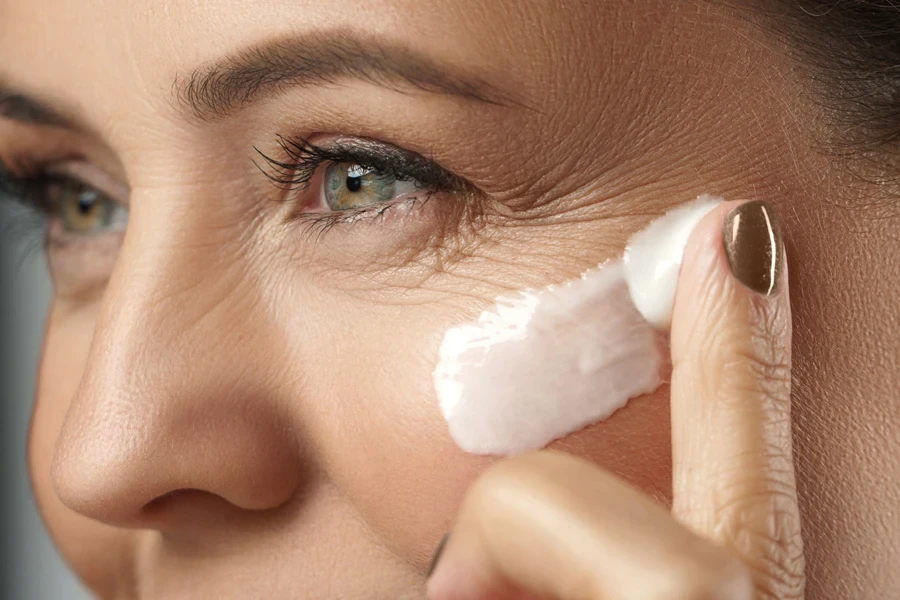
“Anti-aging” has gradually morphed into what many now call “slow-aging” in K-beauty. Many consumers prefer consistent, gentle maintenance instead of chasing dramatic or invasive fixes. The emphasis is on preventing deeper wrinkles and spots rather than trying to erase them once they appear. This is where PDRN truly shines:
- Gentle but potent: Many anti-aging workhorses (like retinol) can trigger redness or peeling. PDRN, meanwhile, is often praised for delivering visible improvements with fewer harsh side effects.
- Skin compatibility: Because it’s sourced from DNA fragments that mesh well with human cells, PDRN is considered exceptionally biocompatible. This means lower risk of skin freak-outs, a key concern in sensitive skincare.
- Consistent improvement: PDRN helps fuel collagen growth and cell renewal over time, which fits beautifully with a slow-aging philosophy: small, steady steps that reinforce skin health.
- Less irritation: Many K-Beauty users may gravitate toward PDRN as a less irritating alternative to retinol.
Which consumers are fueling the demand?
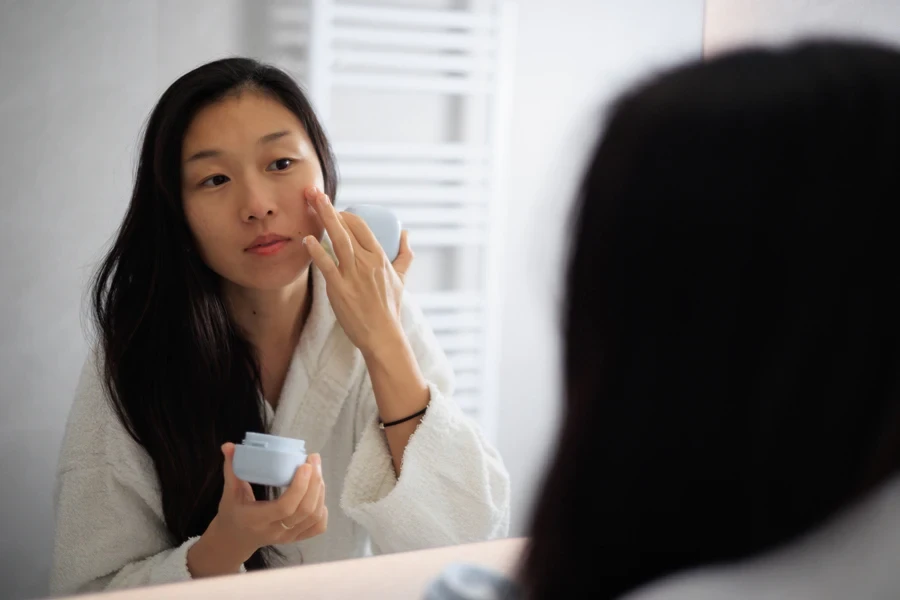
Korean Impartialists may sound like a niche demographic, but they represent a big slice of the Korean buying public. They focus on substance over superficial frills, so they seriously understand a product’s benefits. They scrutinize ingredients and want proof they work. Because PDRN has a track record in clinics, it checks their “credible science” box.
Meanwhile, Millennial and Gen Z shoppers are also big drivers, especially in Korea, where brand names like REJURAN have taken PDRN from injection-based to topical-use skin rejuvenation. Additionally, many from this generation see PDRN’s jump to over-the-counter products as a chance to continue professional-level care at home.
On the international stage, K-Beauty remains a huge phenomenon, so these consumers abroad will likely start googling “PDRN serum” when they see a TikTok or YouTube video hyping its benefits. Speaking of Google, searches for PDRN have increased by over 500% year over year.
4 strategies to consider to leverage PDRN in 2026
1. Why sensitive skin types love PDRN
Retinol is an amazing ingredient for skincare, but it’s no secret that it can cause irritation, dryness, and occasional flaking. Many people either stop using retinol or can’t start because they fear those side effects. When beauty insiders realized that PDRN could deliver many of the same benefits as retinol (without as many drawbacks), it became the next best alt-retinol.
Instead of forcing their skin to endure dryness and redness, people with sensitive complexions could turn to a solution that works harmoniously with the skin’s biology. By 2027, data indicates that a huge portion of the market will consider themselves to have “sensitive skin,” even if they’re not diagnosed with sensitivity.
This might be due to environmental stressors like pollution, harsh weather changes, or an uptick in at-home skincare mistakes. Whatever the cause, PDRN is expected to play a starring role in product lines that aim to nurture, not shock, the skin.
2. Techy twists: Spicules and exosome delivery
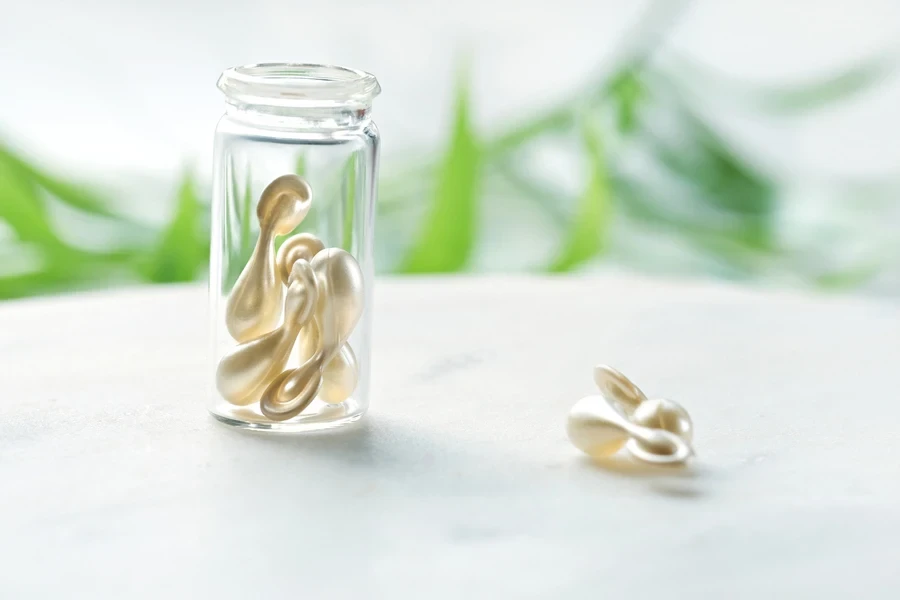
Even the best ingredients can fail if they only sit on the skin’s surface and never sink to where the real action happens. Thankfully, beauty brands can turn to innovative delivery systems like:
- Spicules: Think of them as tiny, biodegradable “microneedles.” These microscopic structures create channels in your skin, allowing PDRN to reach deeper levels. While users may get a mild tingling sensation, they won’t suffer the intense redness more common with actual needles.
- Exosome encapsulation: Exosomes are mini transporters (capsules) that shuttle ingredients from cell to cell. By packing PDRN inside them, brands can help ensure more stable delivery, boosting overall effectiveness. The logic is that you’re getting “injection-like” benefits, minus the injection part.
These two methods (and others on the horizon) aim to close the gap between clinical tweakments and home skincare. If you see a product touting “spicule technology” or “exosome infusion,” chances are good it’s been formulated to give users deeper, longer-lasting improvements than a standard topical cream.
3. Unexpected uses: Acne, scarring, and even hair growth
While most headlines about PDRN talk about anti-aging, the ingredient has a surprising range of other potential perks. Here are a few that stand out:
- Acne and hyperpigmentation: Because PDRN speeds up cell turnover and encourages healing, it may help stubborn acne marks fade faster. PDRN may also soften the look of scars over time, which is a huge plus if you’ve battled breakouts for years.
- Sunburn recovery: K-Beauty has a long history of suncare innovation, which is no surprise, given how many consumers in Korea prioritize daily sunscreen use. However, post-burn gels or sheet masks that feature PDRN can help calm redness and inflammation when sunburn does occur.
- Hair and scalp treatments: Many brands aren’t stopping at the face. A handful of PDRN-infused ampoules are being marketed for scalp and hair health. This is part of a larger push to “skinify” the scalp, treating it with the same advanced formulations we’d typically reserve for our cheeks or forehead. Boosted circulation and collagen in the scalp can translate into stronger, more resilient hair.
This signals that PDRN isn’t a one-trick pony. If the technology continues improving, it might become one of the more flexible, multitasking active ingredients in Korean skincare and well beyond.
4. Collaboration with clinics

One strategy that has a good chance of success is partnering with the same companies that supply PDRN to medical clinics. It’s a solid way to reassure consumers that topical skincare is just as legitimate as what a dermatologist might inject, albeit in a milder form. This synergy makes sense: K-Beauty lovers are famously brand-loyal once they trust a product’s origin. If they see a recognizable “clinic-level” name on a serum, they’ll have more confidence it’s the real deal.
Wrapping up
If there’s one lesson from K-Beauty’s fast-paced innovation, the next big ingredient can emerge from the most unexpected places, like salmon sperm DNA. Yet beneath that quirky backstory lies a genuinely powerful compound. PDRN has already proven itself in Korean skin clinics, and its evolution into mainstream skincare has begun in earnest.
As the global market continues to push for scientifically grounded, user-friendly, and effective formulas, PDRN hits all the right notes. It resonates with those who’ve never tried a tweakment and individuals familiar with professional injectables. It’s more than just a shiny trend—it has strong potential to become a cornerstone of daily routines.




